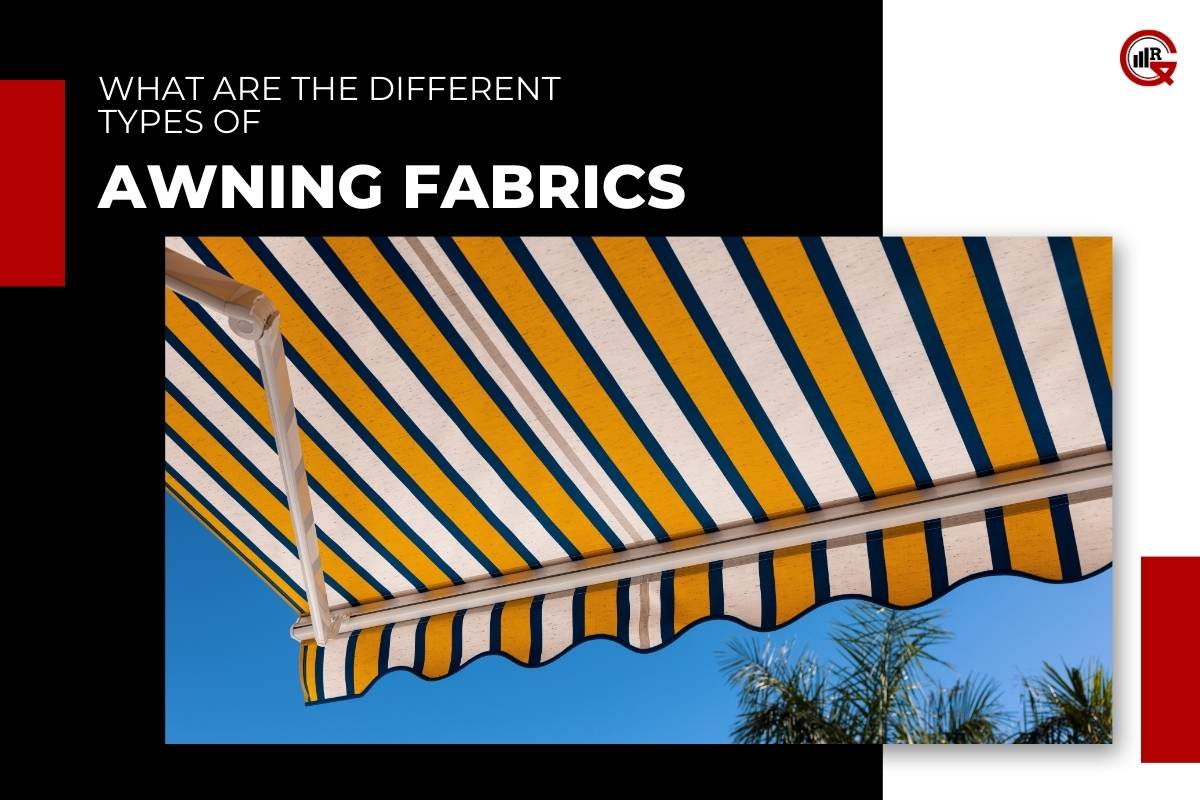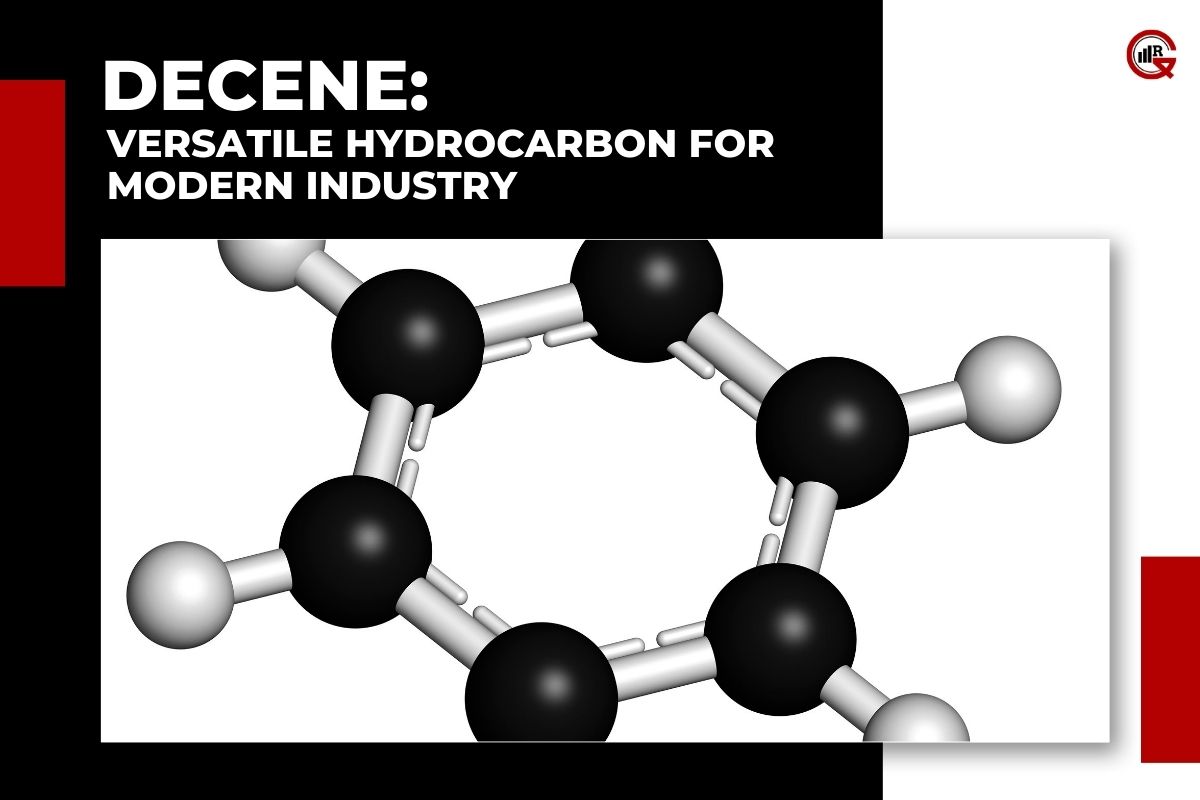Awnings are popular additions to homes and commercial buildings, providing shade, protection from the elements, and aesthetic appeal to outdoor spaces. One of the key components of an awning is the fabric used to cover it. Awning fabrics come in a variety of materials, each offering unique features and benefits. In this article, we’ll explore the different types of awning fabrics commonly used in the industry.
Here are the 7 Types Of Awning Fabrics
1. Canvas Fabric
Canvas fabric, traditionally made from cotton or a cotton-polyester blend, is a classic choice for awnings. Canvas offers excellent durability, UV resistance, and water repellency, making it suitable for outdoor use. Canvas awning fabrics are breathable and provide effective shade while allowing air circulation, and reducing heat buildup and condensation. Additionally, canvas fabrics are available in a wide range of colors and patterns, allowing for customization and aesthetic versatility.
2. Acrylic Fabric
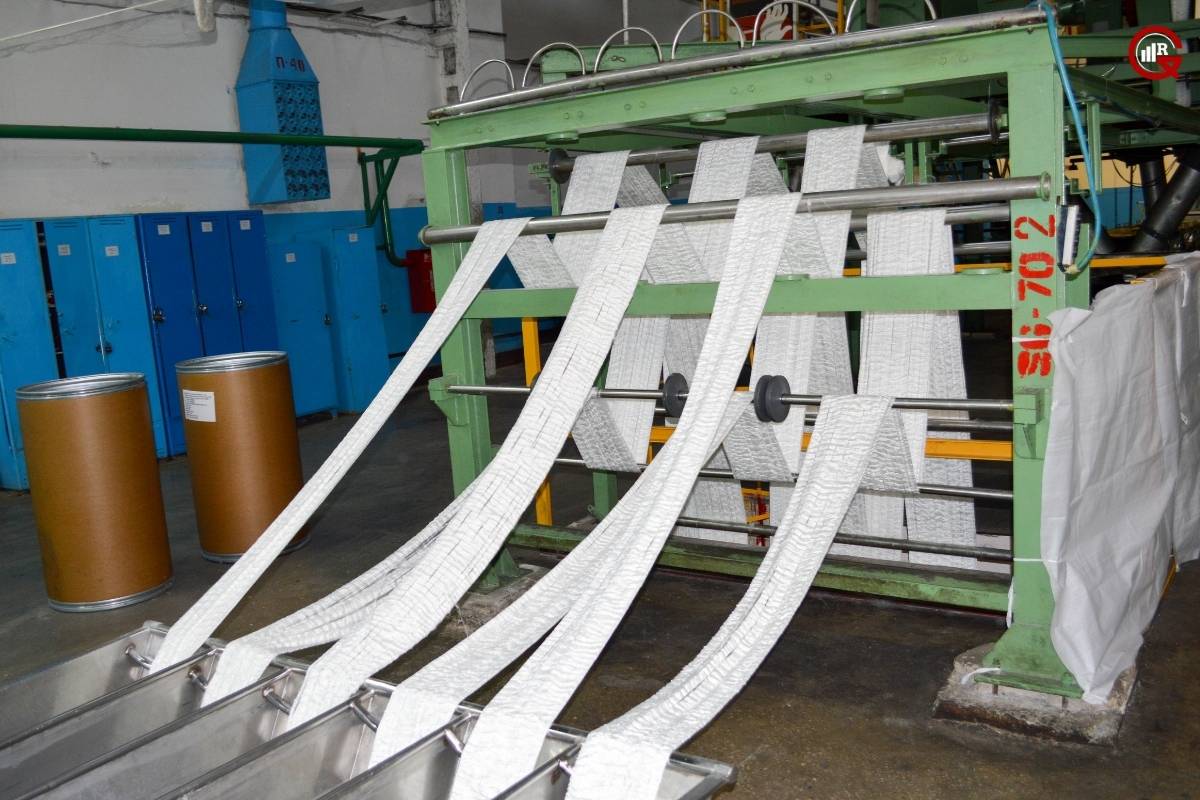
Acrylic fabric, also known as solution-dyed acrylic or acrylic canvas, is a popular choice for awnings due to its durability, fade resistance, and color retention properties. Acrylic fabrics are made from synthetic fibers such as acrylic or polyester, which are solution-dyed to ensure uniform color throughout the fabric. Acrylic awning fabrics offer excellent UV protection, water repellency, and mold resistance, making them ideal for outdoor applications in harsh climates. Additionally, acrylic fabrics are easy to clean and maintain, requiring minimal care to retain their appearance and performance.
3. Vinyl Fabric
Vinyl fabric, made from PVC (polyvinyl chloride) or PVC-coated polyester, is a durable and waterproof option for awnings. Vinyl fabrics are highly resistant to moisture, mildew, and fading, making them suitable for outdoor use in rainy or humid environments. Vinyl awning fabrics are available in a variety of colors and finishes, including solid colors, stripes, and textures, allowing for customization and design flexibility. Additionally, vinyl fabrics are easy to clean and maintain, making them a practical choice for commercial and residential awnings.
4. Polyester Fabric
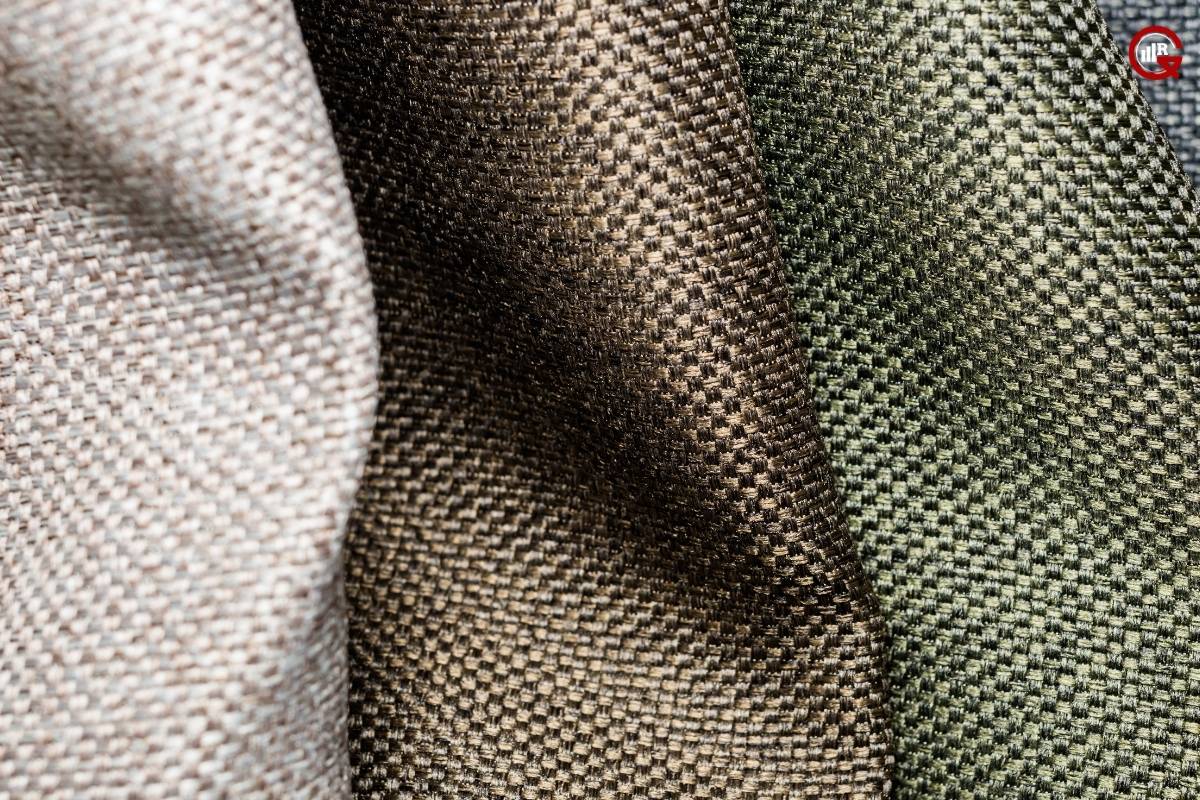
Polyester fabric is a versatile option for awnings, offering durability, weather resistance, and affordability. Polyester awning fabrics are made from synthetic fibers that are woven or knitted to create a strong and flexible material. Polyester fabrics are available in a range of colors, patterns, and textures, allowing for customization and design versatility. While polyester fabrics may not offer the same level of UV resistance as acrylic or vinyl fabrics, they are still suitable for outdoor use and provide effective shade and protection from the elements.
5. Sunbrella Fabric
Sunbrella fabric is a premium outdoor fabric known for its durability, fade resistance, and performance in harsh weather conditions. Made from solution-dyed acrylic fibers, Sunbrella fabrics are designed to withstand prolonged exposure to sunlight, moisture, and outdoor elements without fading or degrading. Sunbrella awning fabrics offer superior UV protection, water repellency, and mold resistance, making them ideal for residential and commercial awnings in high-traffic areas. Additionally, Sunbrella fabrics are available in a wide range of colors and patterns, allowing for customization and design flexibility.
6. Mesh Fabric
Mesh fabric is a lightweight and breathable option for awnings, offering partial shade while allowing air circulation and visibility. Mesh fabrics are made from synthetic fibers such as polyester or PVC-coated polyester, woven or knitted into an open mesh structure. Mesh awning fabrics protect from the sun’s glare and heat while maintaining a clear view of the surrounding environment. Additionally, mesh fabrics are highly durable, UV resistant, and easy to clean, making them suitable for outdoor applications such as pergolas, patio covers, and sunshades.
7. Retractable Fabric
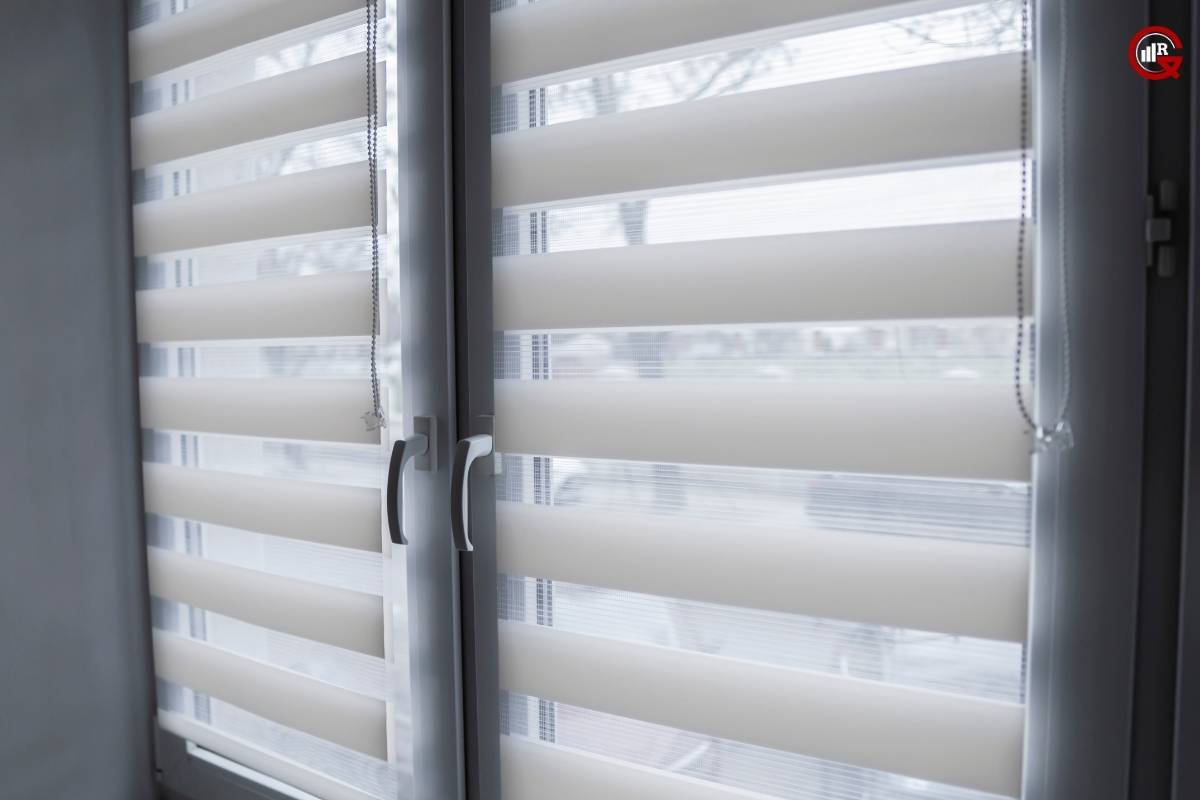
Retractable awning fabrics are designed to retract or extend as needed, allowing for flexible shade coverage in outdoor spaces. These fabrics are typically made from acrylic or vinyl-coated polyester, with special features such as waterproofing, UV resistance, and mildew resistance. Retractable awning fabrics are available in various styles, including manual and motorized options, allowing users to control the amount of shade and sunlight in their outdoor areas. Additionally, retractable awning fabrics can be customized with graphics, logos, or patterns to enhance branding and visual appeal.
Conclusion:
Choosing the right fabric for your awning fabrics is essential for ensuring durability, performance, and aesthetic appeal. Whether you prefer the classic look of canvas, the durability of acrylic, the waterproofing of vinyl, or the versatility of polyester, there are plenty of options to suit your needs and preferences. Consider factors such as climate, maintenance requirements, and design preferences when selecting an awning fabric, and consult with a reputable awning supplier or manufacturer for expert guidance and recommendations. With the right fabric choice, your awning can provide years of comfort, protection, and enjoyment in your outdoor space.
Also Read: Digging Deeper: A Comprehensive Outlook Of The Mining Drilling Services Market

